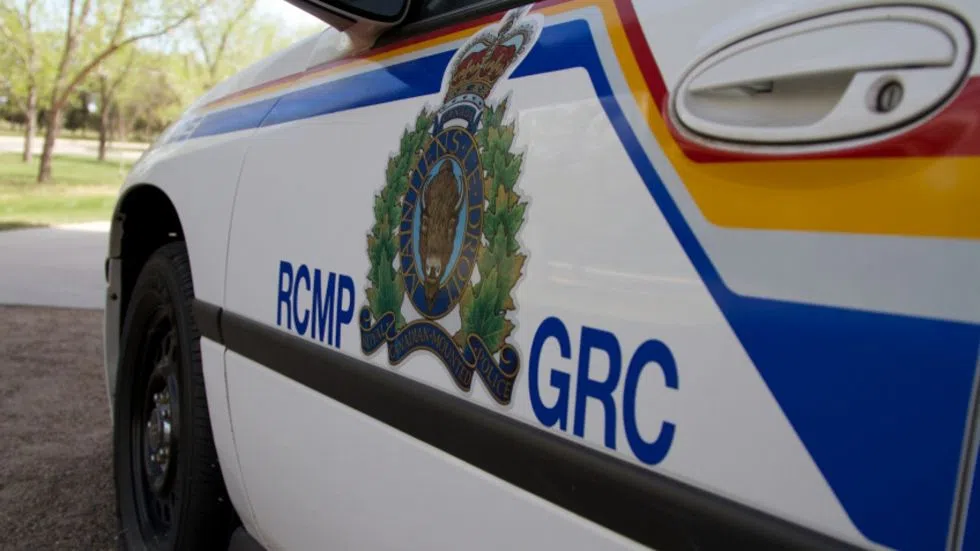
‘Don’t live in fear. Live in understanding’ RCMP say at town hall
A crowd fed up with crime in their community and yearning for change.
That was the clear expression from about 25 residents at the Don Ross Community Centre as the Battlefords RCMP hosted a town hall this week.
Staff Sgt. Darcy Woolfitt attempted to field an array of questions from residents who at times were not afraid to strongly vocalize their discontent with happenings in and around the city.
“I’m starting to be hard and bitter [from the crime],” one woman said. “It is easy to get that ugliness about you and that is what we don’t want.”


